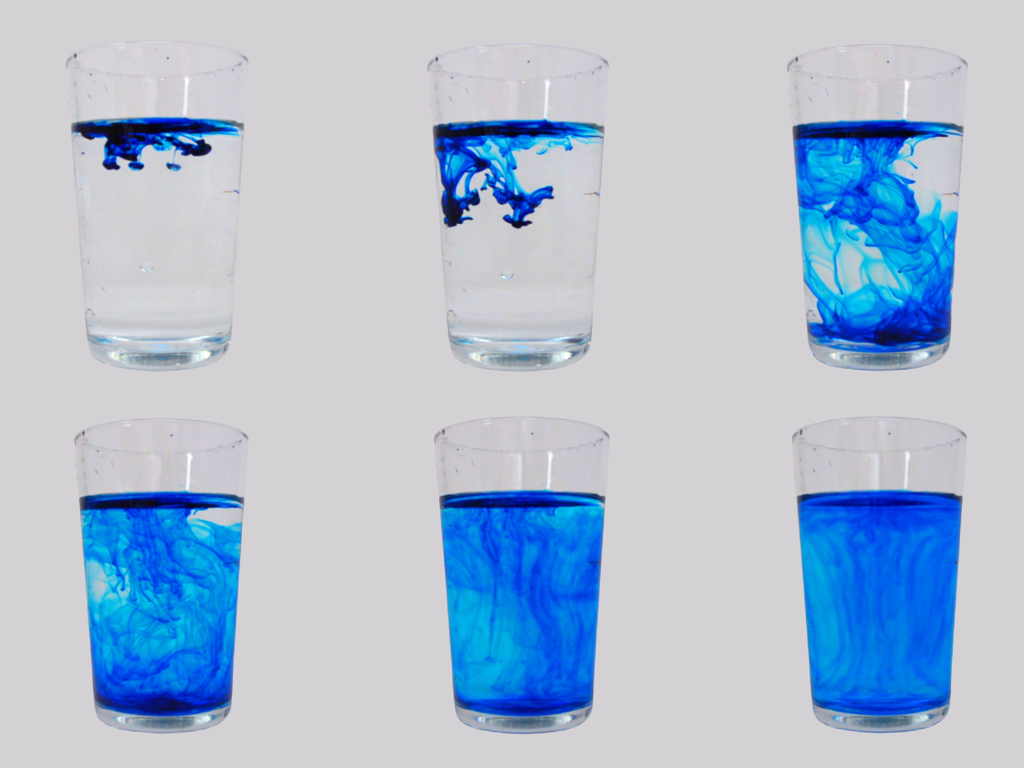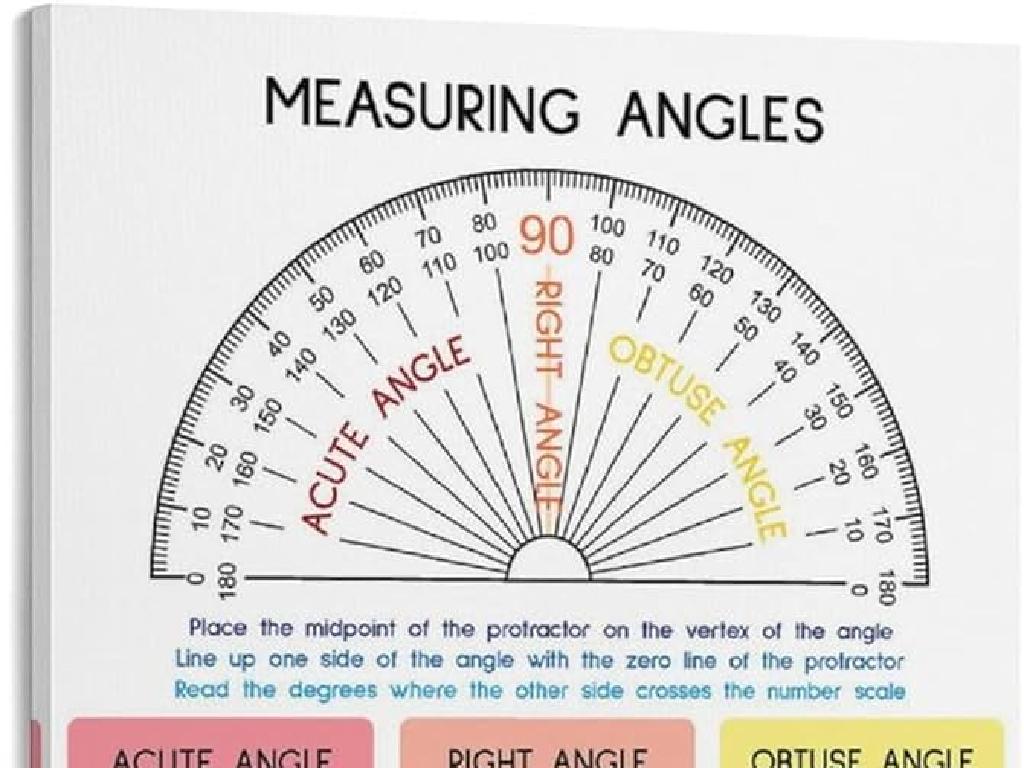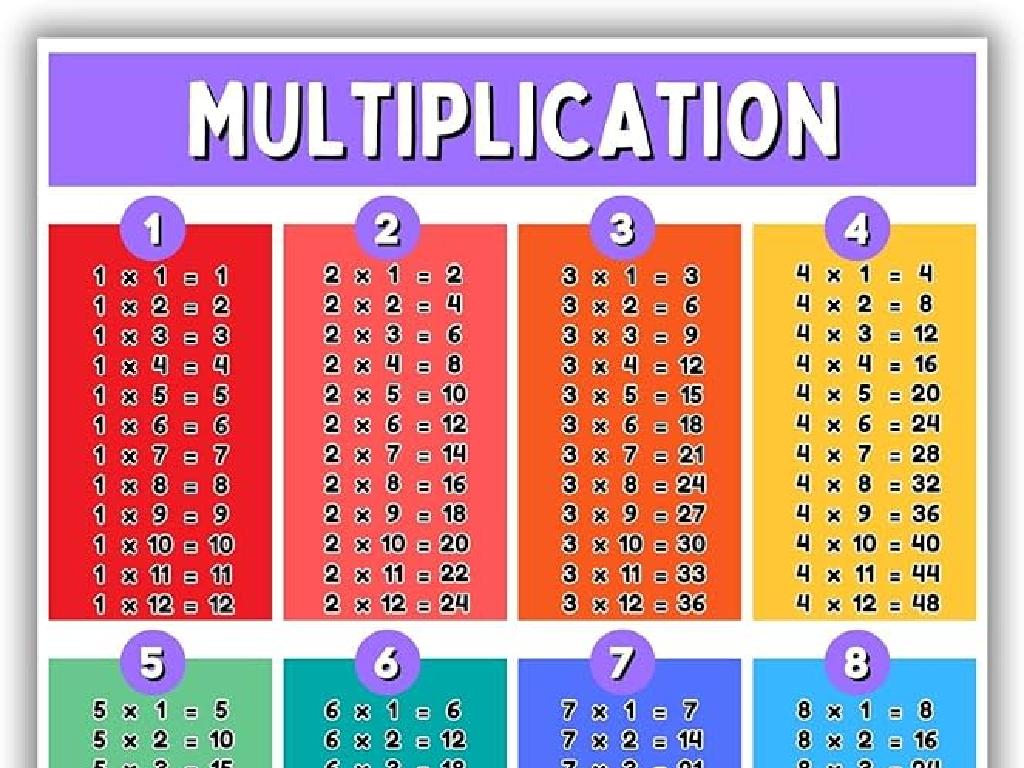Write Fractions Using Numbers And Words
Subject: Math
Grade: Third grade
Topic: Understand Fractions
Please LOG IN to download the presentation. Access is available to registered users only.
View More Content
Welcome to Fractions!
– Learn what fractions are
– Explore parts of a whole
– Like a pizza cut into 4 pieces, each piece is a part of the pizza.
– See fractions in daily life
– Fractions are everywhere! Like 1/2 a sandwich or 1/4 of an hour.
– Practice writing fractions
– Write fractions using numbers and words, e.g., 1/2 as ‘one half’.
|
This slide introduces the concept of fractions to third-grade students. Begin by explaining that a fraction represents a part of a whole, just like a slice of pizza is a part of the entire pizza. Use everyday examples to show how fractions are used in real life, such as dividing a sandwich or describing time. Encourage students to think of their own examples. Then, demonstrate how to write fractions both numerically and in words, reinforcing the vocabulary for common fractions. Provide practice opportunities with visual aids, such as fraction circles or bars, to help students visualize and write fractions correctly.
What is a Fraction?
– A fraction shows part of a whole
– Top number is the numerator
– It tells us how many parts we have
– Bottom number is the denominator
– It tells us into how many parts the whole is divided
– Example: 1/2 is one part out of two
– Like half an apple, 1/2 means one piece of two equal pieces
|
Begin by explaining that a fraction represents a piece of something that is whole. Use visual aids like a pie or a pizza to illustrate this concept. The numerator, which is the top number of a fraction, indicates how many parts we’re looking at, while the denominator, the bottom number, shows how many equal parts the whole is divided into. For example, if we cut an apple into two equal pieces, one piece is represented as 1/2 of the apple. Encourage students to think of fractions in terms of everyday items to help them understand the concept. Have them practice by identifying and writing fractions for different numbers of pizza slices or other divided objects.
Fractions in Numbers and Words
– Write fractions with numbers: 1/4, 2/3, 3/5
– Write fractions in words: one-fourth, two-thirds, three-fifths
– Numerator: The top number in a fraction
– Numerator tells us how many parts we have
– Denominator: The bottom number in a fraction
– Denominator tells us the total number of equal parts
|
This slide introduces students to the concept of writing fractions both numerically and in word form. Emphasize the terms ‘numerator’ and ‘denominator’ and ensure students understand that the numerator represents the number of equal parts being considered, while the denominator represents the total number of equal parts that make up a whole. Use visual aids like pie charts or fraction bars to help students visualize fractions. Encourage students to practice writing fractions they encounter in daily life, such as cutting an apple into four pieces and taking one, to reinforce the concept.
Visualizing Fractions with Shapes
– Drawing pictures to show fractions
– Dividing shapes into equal parts
– If a square is divided into 4 equal parts, each part is 1/4 of the whole
– Shading parts to represent fractions
– Shade one part to show 1/4; two parts for 2/4
– Understanding each part as a fraction
– Recognize that each shaded part is a piece of the whole shape
|
This slide is aimed at helping third-grade students visualize fractions by using shapes. Start by explaining that fractions represent parts of a whole. Demonstrate dividing different shapes (like circles, squares, rectangles) into equal parts. Guide students to shade a certain number of parts to represent a fraction of the whole shape. Emphasize that the number of shaded parts over the total number of parts gives us the fraction. For example, if a square is divided into 4 parts and 1 is shaded, it represents 1/4. Encourage students to draw their own shapes and divide them into equal parts to create different fractions. This activity will help solidify their understanding of fractions as parts of a whole.
Equivalent Fractions
– Fractions can look different but be equal
– Example: 2/4 equals 1/2
– Both fractions represent the same part of a whole
– Finding equivalent fractions
– We’ll learn methods to find fractions that mean the same
– Practice with different fractions
– We’ll use multiplication and division to make new fractions
|
This slide introduces the concept of equivalent fractions, which is fundamental in understanding fractions. Start by explaining that even though fractions may have different numerators and denominators, they can still represent the same amount. Use visual aids like pie charts or fraction bars to show that 2/4 and 1/2 cover the same amount of space. Teach the students methods to find equivalent fractions, such as multiplying or dividing the numerator and denominator by the same number. Provide plenty of examples and encourage students to practice with different fractions to become comfortable with the concept. This will prepare them for more complex operations involving fractions.
Using Fractions in Sentences
– Fractions describe parts of a whole
– Example: ‘half of the cake’
– Like ‘I ate half of the cake’
– Write sentences with fractions
– Try ‘I read one-third of the book’
– Practice makes perfect!
|
This slide is aimed at helping third-grade students understand how to use fractions in everyday language. Start by explaining that fractions are a way to describe how many parts of a whole thing we have or need. Use relatable examples such as portions of food or time spent on an activity. Encourage students to practice by writing their own sentences using fractions they are familiar with. This will help them grasp the concept of fractions in a practical context. During the next class, review their sentences together and provide feedback to reinforce their understanding.
Class Activity: Fraction Fun with Pizzas!
– Create paper fraction pizzas
– Cut circles into equal slices
– Color each slice differently
– Label slices with fractions
– For example, 1/2 one half, 1/4 one quarter
|
This activity is designed to help students understand fractions in a fun and interactive way. Provide each student with paper, scissors, and coloring materials. Guide them to cut out a circle to represent a pizza and then divide it into equal slices. Each slice will represent a fraction of the whole pizza. Students should color each slice differently and then label them with both the numerical fraction and its corresponding word form, such as 1/2 for one half, 1/4 for one quarter, etc. This will help them visualize and better grasp the concept of fractions. For the activity, consider variations like different pizza ‘toppings’ for each fraction or combining slices to make new fractions. Encourage creativity and ensure that each student understands the fraction they are representing with their pizza slice.
Fraction Review and Sharing
– Recap on today’s fraction lesson
– Writing half as a fraction
– Half can be written as 1/2 or ‘one half’
– Sharing our fraction pizzas
– Show your pizza divided into equal parts
– Questions and answers
|
This slide is meant to review what we’ve learned about fractions in today’s class. Start by asking the students to summarize the lesson on fractions to reinforce their understanding. Then, move on to challenge them to write the fraction for half, ensuring they can express it both numerically and in words. Next, invite students to share their ‘fraction pizza’ activity, where they’ve divided a pizza drawing into equal slices to represent fractions visually. This sharing session will help students learn from each other and solidify their grasp of the concept. Finally, open the floor for any questions the students might have, providing answers to clarify any confusion and further their understanding of fractions.






